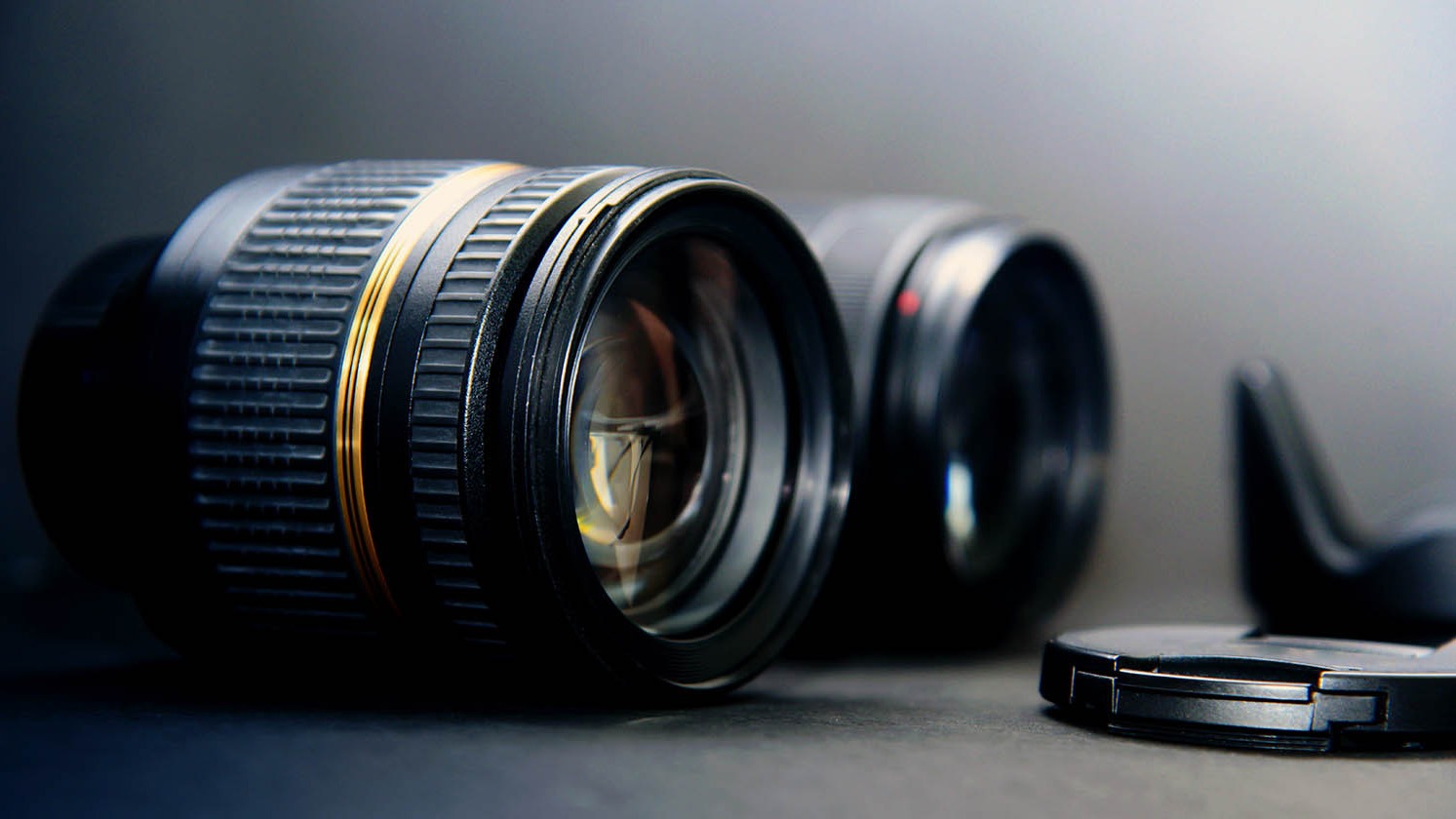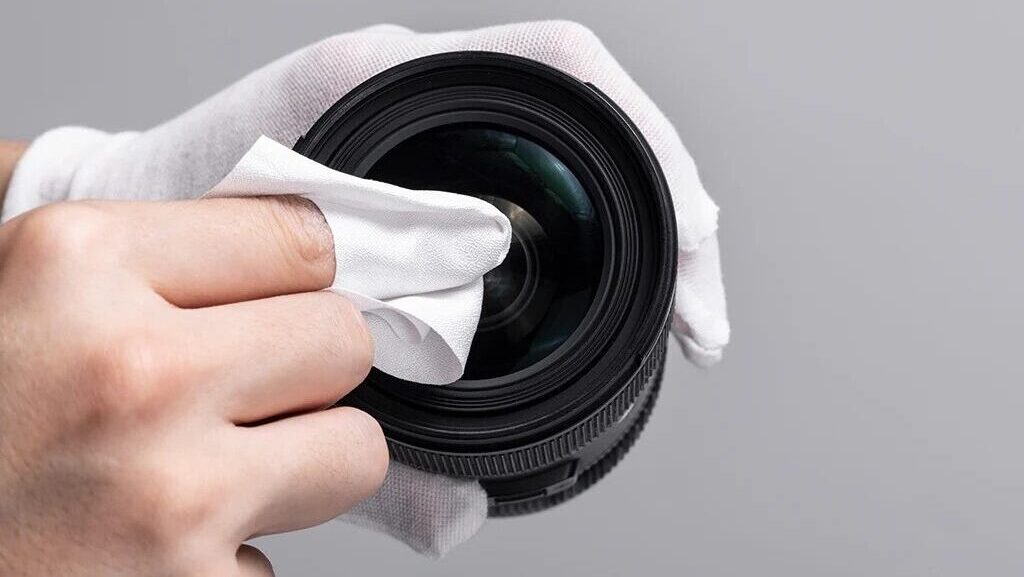Third party lenses have become an essential option for photographers looking to expand their creative possibilities without breaking the bank.
While original lenses from major camera brands offer excellent performance, third party manufacturers have advanced significantly in optical technology and build quality.
Today, these lenses can often match and sometimes even exceed the performance of brand-name options, making them an attractive choice for both amateur and professional photographers. One of the main benefits of using third party lenses is variety.
Manufacturers such as Sigma, Tamron, Tokina, and Samyang offer lenses in focal lengths and styles that may not be available from original brands.
This means you can experiment with ultra-wide angles, specialized macro lenses, or fast-aperture portrait lenses that suit your shooting style.
Combined with a more affordable price point, these lenses open the door to building a versatile collection for different photography scenarios.
However, achieving great results with third party lenses is not just about making a purchase it’s about knowing how to select, use, and maintain them effectively.
Third Party Lenses For Enhancing Photo Quality
The first step in improving image quality with third party lenses is choosing a model with strong optical performance.
Check for features such as multi-coating on lens elements, which reduces glare and enhances color accuracy. Quality glass materials and precise engineering also play a role in ensuring sharpness from edge to edge.
When shooting, learn the lens’s “sweet spot” the aperture at which it delivers maximum sharpness. For many lenses, this is between f/5.6 and f/8. Using this range, especially for landscapes and portraits, ensures fine details are preserved.
Autofocus speed and accuracy are also important. For sports, wildlife, or street photography, you’ll want a third party lens with fast, reliable focusing motors.
Many modern models now feature silent and quick AF systems that compete directly with brand-name lenses.
Additionally, image stabilization (optical or in-body) can greatly improve sharpness when shooting handheld at slower shutter speeds.
Advantages And Disadvantages Of Different Lens Types
Third party lenses come in many categories, each with unique strengths and potential drawbacks:
-
Wide-Angle Lenses: Perfect for landscapes, architecture, and interiors. They capture a broader scene but may suffer from edge distortion.
-
Telephoto Lenses: Ideal for wildlife, sports, and distant subjects. They provide compression and subject isolation but can be heavy and expensive.
-
Macro Lenses: Designed for extreme close-ups, allowing you to capture fine textures and details. They often require steady hands or tripods in low light.
-
Prime Lenses: Fixed focal lengths with wide apertures offer superior sharpness and low-light capability. The trade-off is less flexibility compared to zoom lenses.
-
Specialty Lenses (Tilt-Shift, Fisheye): Allow for unique creative effects and perspective control. However, they are niche tools and may not suit every situation.
The right choice depends on your shooting style. A travel photographer may prefer lightweight wide-angle and prime lenses, while a sports photographer will prioritize telephoto reach and fast autofocus.
Third Party Lenses For More Creative Compositions
One of the most exciting benefits of third party lenses is the creative freedom they provide. Many offer unique focal lengths or extremely wide apertures like f/1.2 or f/1.4, giving you exceptional background blur (bokeh) and better performance in low light.
Specialty lenses, such as fisheye or ultra-wide, let you experiment with dramatic perspectives and exaggerated depth. Tilt-shift lenses can be used for architectural photography to correct distortion or create miniature effects.
When composing a shot, consider how your chosen focal length changes the relationship between foreground and background.
Wide-angle lenses emphasize depth and can make subjects in the foreground appear larger, while telephoto lenses compress perspective and bring distant backgrounds closer.
Using third party lenses creatively means stepping outside your comfort zone trying unconventional framing, experimenting with negative space, and using light creatively to shape your images.
Lens Care and Maintenance For Long-Term Use
To get the best performance from your third party lenses over time, proper care is essential. Always store your lenses in a padded bag or dedicated compartment to protect them from dust and impact.
For cleaning, use a microfiber cloth and a lens-safe cleaning solution. Avoid pressing too hard on the glass, as this can damage coatings. A lens blower is useful for removing dust without scratching the surface.
In humid environments, moisture can lead to fungus growth inside the lens. Store your gear in a dry, cool place and use silica gel packs to control humidity.
Periodically check the lens’s moving parts, such as the focus and zoom rings, to ensure they operate smoothly.
Taking these precautions will extend the lifespan of your third party lenses and ensure consistent image quality for years.
Third Party Lenses For Effective Low-Light Photography
Low-light photography challenges even the most experienced photographers, but the right third party lens can make a huge difference.
Look for lenses with wide maximum apertures, such as f/1.4 or f/1.8, which allow more light to hit the sensor. This enables you to shoot at lower ISO settings and maintain cleaner images.
Some third party lenses include optical image stabilization, which reduces camera shake when using slower shutter speeds. This is especially useful for handheld shooting in dim environments like concerts, weddings, or nighttime street scenes.
If your lens lacks stabilization, pair it with a tripod or monopod for extra stability. You can also take advantage of your camera’s in-body stabilization if available.
Remember, in low light, every stop of aperture counts investing in a fast third party lens can dramatically expand your shooting opportunities when natural light is limited.
See you in the next post,
Anil UZUN

